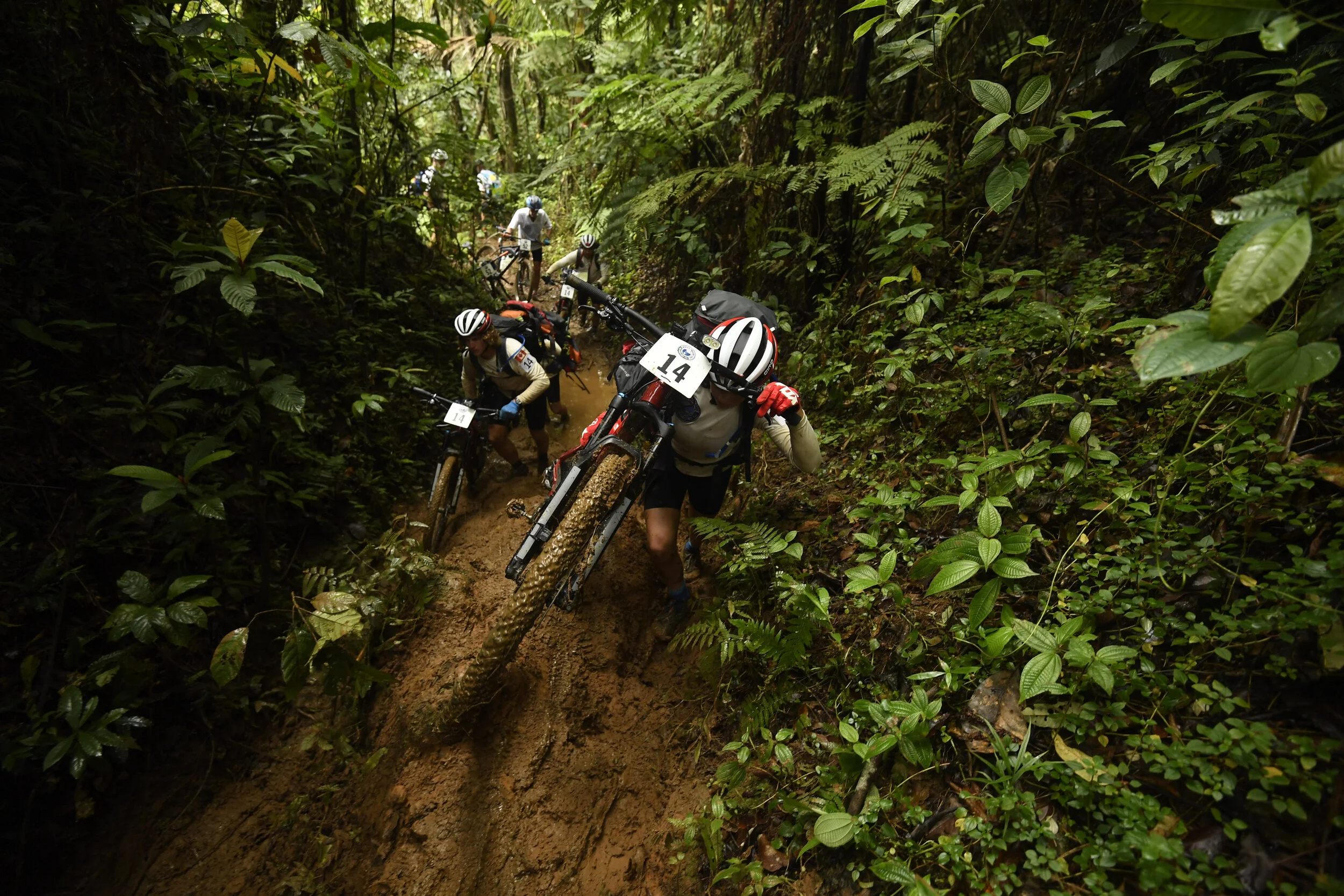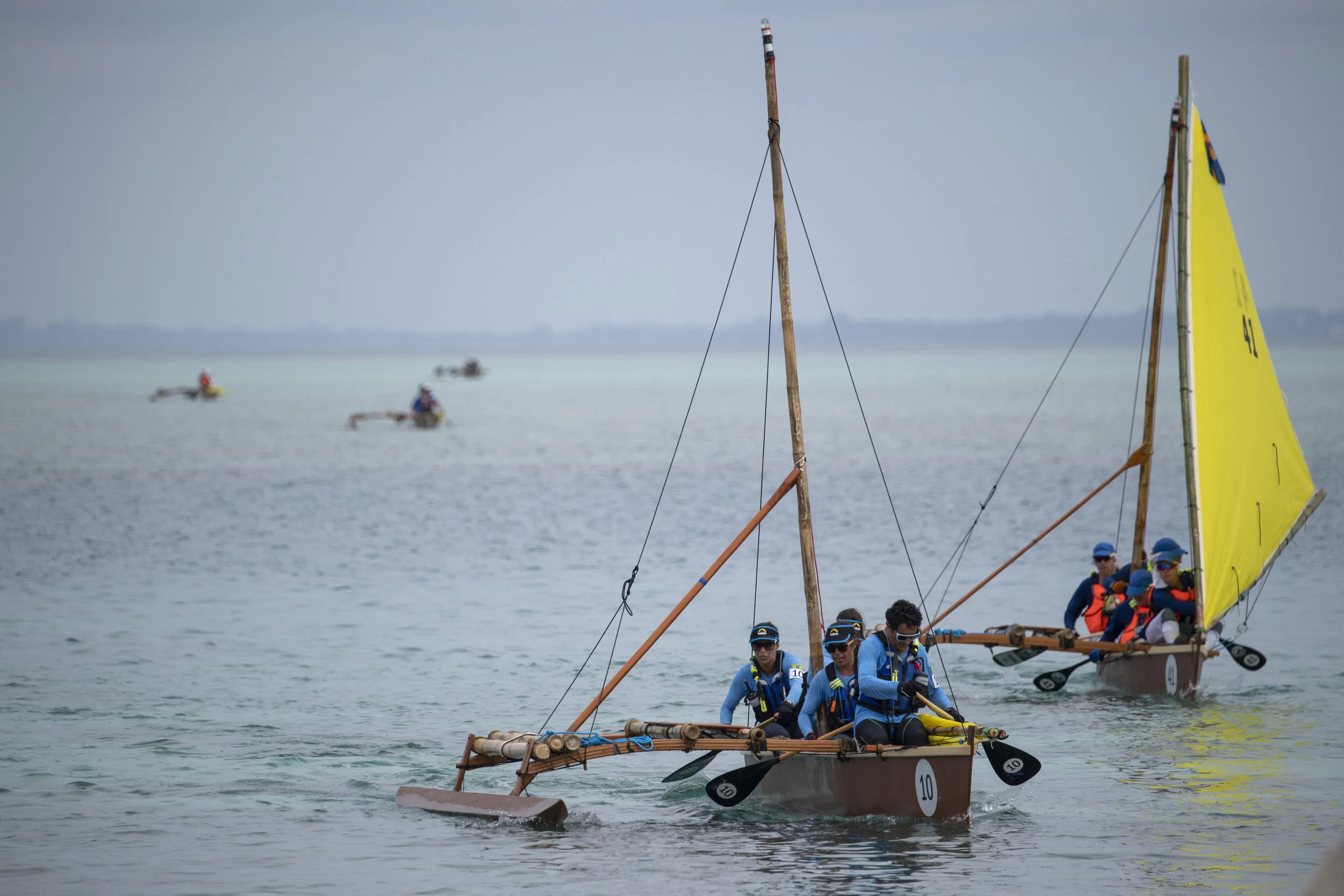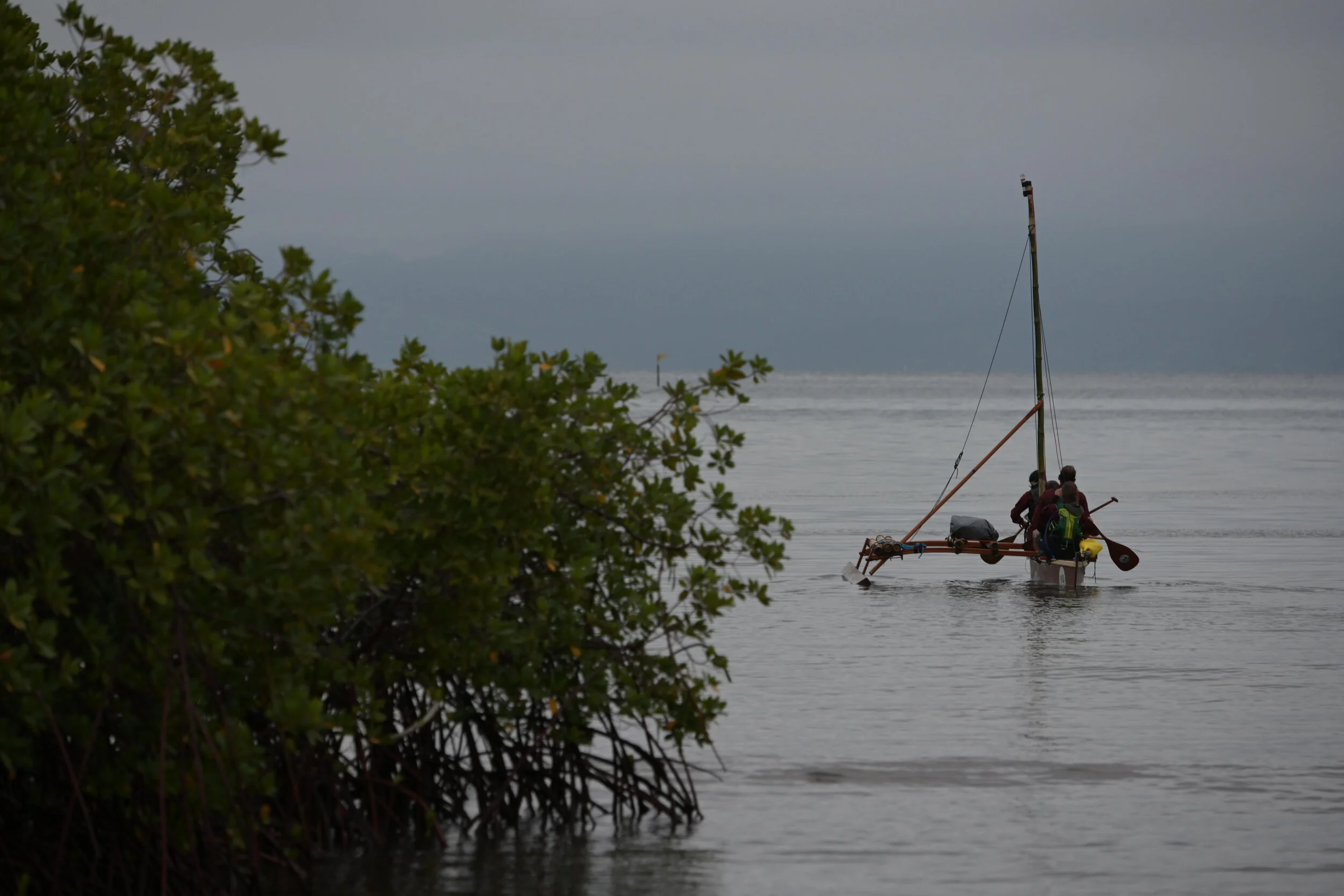Eco-Challenge Fiji 15 - Debriefing
Eco-Challenge Fiji:
World’s Toughest Race
Sunday, September 22th
Spoilers: None
Packing for the return flight after the race was difficult…and messy!
This was not your typical United States Adventure Racing Association race. Typically, in USARA races navigation is heavily weighted, meaning those teams with better navigation skills will place better than more physically fit teams that are less skilled with a map and compass. This was not the case at Eco-Challenge Fiji. While navigation was necessary--and still tricky enough for even the top teams to make mistakes if they were not paying attention (notably Team East Wind, Team Bend Racing, and Team OutThere)--this race favored teams that were strong physically. This was by design as the production crew had to anticipate the teams’ projected course in order to film it. Fairly evident from the beginning of the race, Eco-Challenge Fiji race management was very specific about how long the course was (a very specific 416 miles). Although the race more or less diminished the strategy element of adventure racing on the course itself, it was necessary in order to ensure the film crew was able to capture the race on camera, which was ultimately the goal.
Eco-Challenge Fiji never promised to be an adventure race. Its claim was “The World’s Toughest Race”
Eco-Challenge Fiji never promised to be an adventure race. Its claim was “The World’s Toughest Race”. Despite the lack of navigational challenges and jungle whacking (which was anticipated to be the hardest part of the race), Eco-Challenge Fiji was still the hardest race the members of Team US Military had ever done. The biking was tough, with incredible elevation gains and losses, and the weather added to the suck factor. This course tested the limits of racers’ mental capacity and their will to finish. Traveling across and along rocky rivers was tedious and broke some of the hardest people down. Continually slipping on rocks and banging up shins and feet tested the bounds of human fortitude and willpower. The teams that dropped out either had medical ailments or mental fatigue that prevented them from continuing on.
Finisher rankings for the World’s Toughest Race: Eco-Challenge Fiji
The Eco-Challenge Fiji competitor relations team did an absolutely fantastic job preparing the teams in the months leading up to the race. They emphasized foot care, ensured teams were prepared for cold and wet nights, made gear recommendations, and answered countless questions from teams. Eco-Challenge Fiji’s preparation for the teams (and Amazon’s financial contribution) most likely contributed to such a high finish rate (66%), despite the course being a full one hundred miles longer than the 2002 version where there were far fewer finishing teams.
Many competitors suffered from severe infection[s] following the race--some lasting months.
Many competitors suffered from severe infection[s] following the race--some lasting months. With Spangler, an emergency room physician, on the team, Team US Military was pretty careful to prevent medical issues from escalating to a point of threatening their race—they took doxycycline mid-race after the nasty jungle swim and doused their feet and legs in iodine solution at every camp. This was a huge contributing factor to ensuring they were physically able to finish the race.
Overall the organization, course design, unique disciplines, cultural immersion, and quality of teams from around the world all contributed to the race being the hardest (but also the most fun) adventure racing experience ever had. Upon reflecting on the race, just one question remains…
When is the next one???
Caitlin Thorn is a guest blogger here. Caitlin Thorn is an accomplished endurance athlete, with numerous accolades as a distance runner, Olympic and half-Ironman distance triathlete, and adventure racer. Caitlin is a Track and Field Division I NCAA All-American, with numerous finishes in the half-marathon and marathon distances. She has been adventure racing for three years and has earned podium finishes at over 6 races and qualified for the 2019 USARA National Championship. Caitlin enjoys world travel and hiking, and when not pursuing outdoor adventure she serves as an active duty officer and engineer in the U.S. Air Force.
Caitlin can be followed via Facebook @caitlin.aub






















Eco-Challenge Fiji never promised to be an adventure race. Its claim was “The World’s Toughest Race”. Despite the lack of navigational challenges and jungle whacking (which was anticipated to be the hardest part of the race), Eco-Challenge Fiji was still the hardest race the members of Team US Military had ever done. The biking was tough, with incredible elevation gains and losses, and the weather added to the suck factor. This course tested the limits of racers’ mental capacity and their will to finish. Traveling across and along rocky rivers was tedious and broke some of the hardest people down. Continually slipping on rocks and banging up shins and feet tested the bounds of human fortitude and willpower.